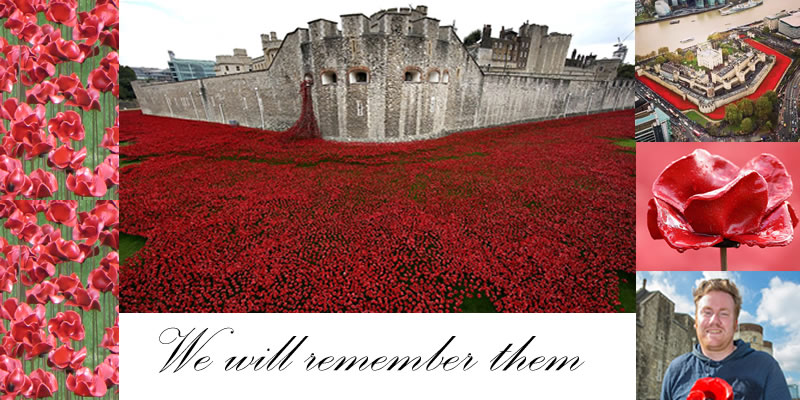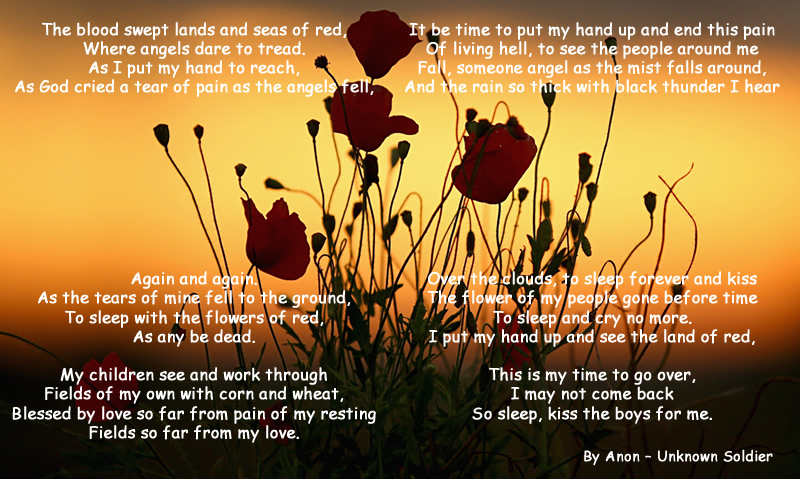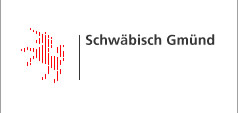News Archive
Posted 08/11/14Blood Swept Lands and Seas of Red

Over four million people are expected to have visited an installation at the Tower of London to mark the centenary of the start of World War One by 12 November. The first ceramic poppy was planted in July and the final one will be added on 11 November. Entitled Blood Swept Lands and Seas of Red, the art installation will eventually see a staggering 888,246 poppies appear in the grounds of the Tower - one for every soldier from the UK, Australia and the Commonwealth killed during the Great War.
The poppy has long been the symbol of military remembrance in Britain since the First World War, when a poem from the time recalled the bright-red flower growing in the fields of Flanders. The poppies will be sent to the hundreds of thousands who spent £25 each for one of the poppies, with all the money going to six charities providing support to service personnel, veterans and their families. Such was the demand in pre-orders that all the poppies have been sold.
"Blood Swept Lands And Seas Of Red" by ceramic artist Paul Cummins has proven so popular there have been calls for it to be extended. London Mayor Boris Johnson is among those to have suggested the dismantling of the installation, due to start the day after Armistice Day, could be postponed. Thousands of people have also signed an e-petition calling for the poppies to remain. The sheer size of the daily crowds has taken everyone by surprise. Floodlights are already being used to ensure more people get to see the installation, the hours that the site will be illuminated will be extended.
The Weeping Window and the Wave segments will both be sent on a tour of the UK. The Wave is a steel construction made of poppies surrounding the entrance to the Tower of London while the Weeping Window depicts poppies falling from a window on the top floor of the Tower. The Royal British Legion has said it hopes the sale of the ceramic poppies will raise in excess of £15m, and charities benefiting from the sale have been told by Chancellor George Osborne that he will waive the VAT from the sale.
Despite calls to extend the installation beyond 12 November, Historic Royal Palaces said it was always the intention to begin sending the poppies to their new owners after Armistice Day.
Mr Cummins has also said he never intended the installation to be permanent as it was meant to symbolise that human beings are "transient".
"The idea was it will only be there for a finite time like we are," he said. "It will be nice to keep it here but it isn't mine anymore - it belongs to the world now."
The poppies will gradually join up around the 16-acre moat in gently co-ordinated swathes. ''Only at the end – on Armistice Day on November 11 – will we fill in the edges of the moat, and make a neat finish.'' At this point, the installation's coup de theatre will be revealed: from above, the ancient White Tower, built by William the Conqueror, will be encircled by a sea of crimson red, its round black roof marking the heart of the world's most dramatic poppy.
The prime minister said the display had "in a very short space of time become a much loved and respected monument".
Mr Cameron also said the government wanted to ensure that as many people as possible had the opportunity to view the poppies. The Wave segment will now stay in place until the end of the month before being sent on a tour across the UK until 2018.
"By displaying parts of the installation around the country and then permanently in the Imperial War Museum, we have ensured that this poignant memorial will be saved for the nation," he added.







